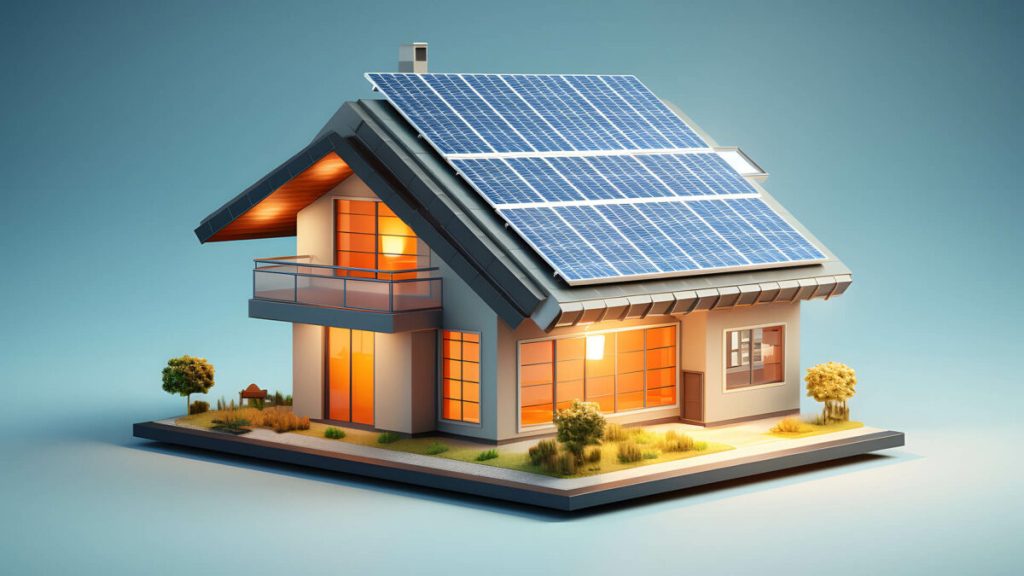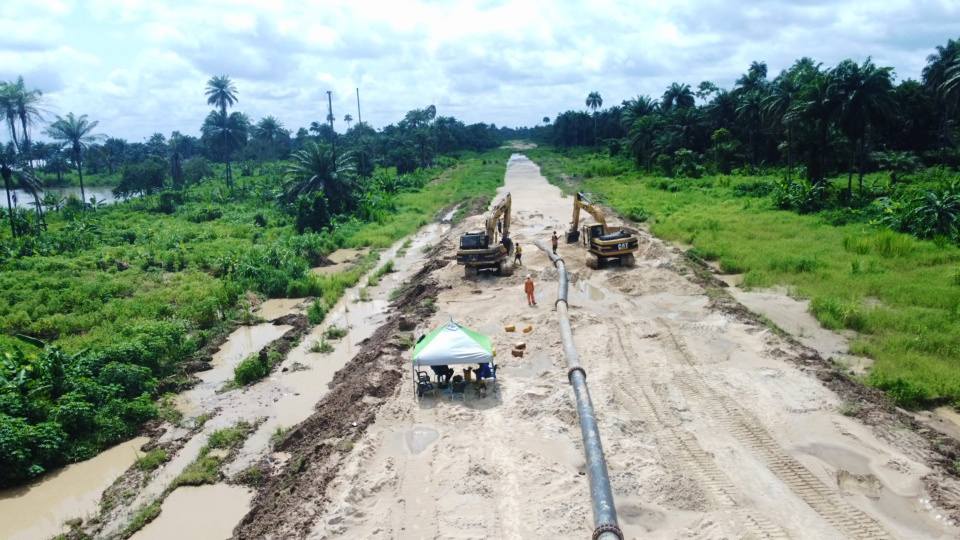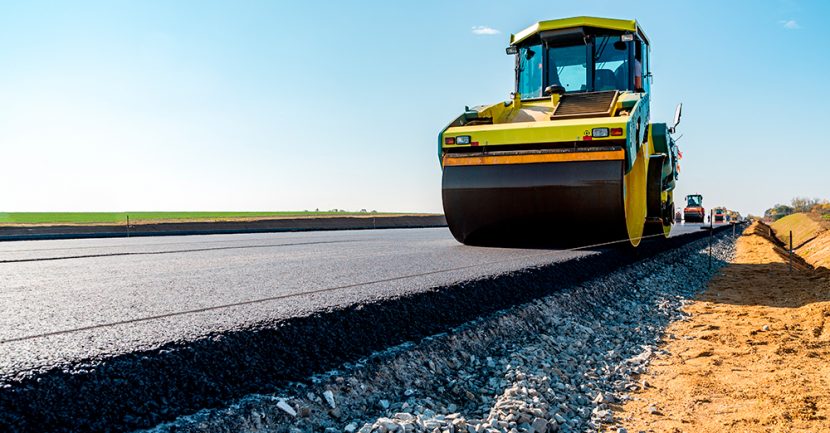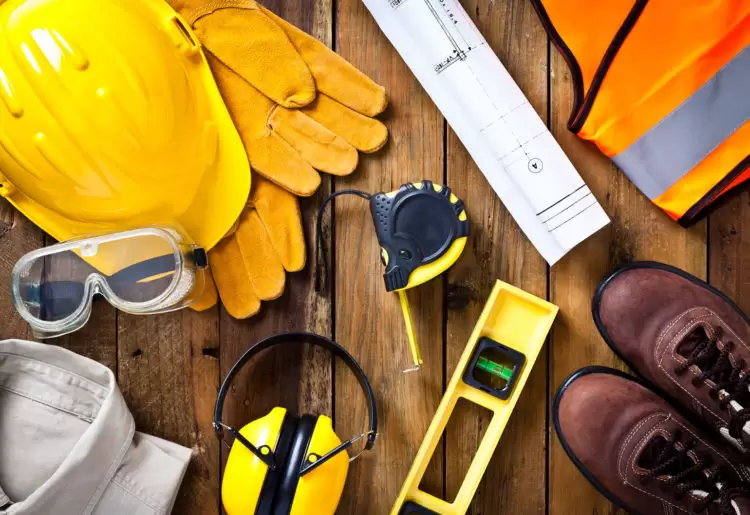Introduction
In Bayelsa State, where much of the land is waterlogged and swampy, building a safe and durable home requires special attention and planning. The unique characteristics of this environment—constant moisture, shifting soil, and high water tables—pose significant challenges to construction. To protect your family, property, and investment, it’s essential to follow local building codes, which provide guidelines for building safe, sturdy, and sustainable homes in such challenging conditions.
Building codes are a set of regulations that outline the minimum standards for constructing buildings. These rules ensure that structures are safe, energy-efficient, and able to withstand natural forces, particularly in areas prone to flooding and water damage, like Bayelsa. By understanding and applying these codes, you can ensure that your home is built to last, is safe from environmental hazards, and can provide comfort for generations.
Why Building Codes Matter for Bayelsa Indigenes
For those living in Bayelsa’s waterlogged and swampy areas, construction poses unique challenges. These include the constant threat of flooding, shifting foundations due to the wet soil, and the potential for poor drainage systems. Adhering to building codes can help mitigate these risks by ensuring that buildings are designed and built with proper safety measures in place.
Here are some of the key reasons why building codes are particularly important for Bayelsa residents:
- Flood Protection: Many areas in Bayelsa face seasonal floods or are at risk of rising water levels. Building codes ensure that homes are constructed with proper foundations and drainage systems to prevent water damage. Elevating the building above the flood line and installing flood barriers are often necessary steps in the building process.
- Structural Stability: Waterlogged soil can cause instability in foundations. The right building codes provide guidelines for using materials and methods that can prevent settling, shifting, or sinking of buildings. Stronger foundations, such as piling or elevated concrete slabs, are critical to creating a stable structure.
- Health and Safety: The constant moisture in swampy areas can encourage mold growth and other health hazards. Building codes require adequate ventilation, moisture barriers, and materials that are resistant to water damage, ensuring that your living environment remains safe and healthy.
- Energy Efficiency and Comfort: The humid climate of Bayelsa demands that homes are well-ventilated and energy-efficient to maintain comfort. Building codes often include standards for insulation, roofing, and energy-efficient windows, which help reduce energy consumption and keep homes cool in the hot, humid months.
Key Components of Building Codes for Waterlogged and Swampy Terrain
- Foundation Design
In Bayelsa, the type of foundation you choose is crucial to the longevity of your home. Waterlogged soil is often soft and unstable, meaning a shallow foundation may not be sufficient. Building codes recommend elevated foundations or pilings (long, strong columns) that can raise your home above ground level. These foundations prevent water from seeping into the building and reduce the risk of the structure shifting or settling due to the swampy soil. - Waterproofing and Drainage
Proper drainage is essential for homes built in waterlogged areas. Building codes mandate that structures include adequate drainage systems to direct excess water away from the building’s foundation. Additionally, waterproof materials such as special coatings or membranes may be used to prevent water from seeping into the walls or floors. This is especially important in areas prone to frequent flooding. - Flood Resistance
As flooding is a recurring issue in Bayelsa, it’s important that building codes require homes to be built above the flood line. This may involve raising the building’s floor level on stilts or using flood-resistant materials. In some cases, local authorities may require specific flood barriers or levees around homes to further protect against rising waters. - Material Selection
In swampy conditions, it is important to choose materials that are resistant to rot, corrosion, and water damage. Building codes will suggest the use of durable materials like treated timber, concrete, and steel for foundations and structural supports. Moisture-resistant materials for roofing, walls, and floors are also required to prevent long-term damage. - Ventilation and Airflow
Bayelsa’s humid climate means that proper ventilation is key to preventing issues like mold and mildew. Building codes for swampy areas recommend using cross-ventilation techniques, which allow fresh air to circulate through the home. This helps to regulate indoor moisture levels, improving air quality and ensuring a healthier living environment. - Structural Reinforcement
In areas with frequent flooding, buildings may need additional reinforcement to withstand high water pressures and strong winds. Building codes may include guidelines for wind-resistant designs, especially for roofing and exterior walls. This ensures that your home remains intact and secure during storms or extreme weather events.

How to Build Safely in Bayelsa: Practical Tips for Homeowners
- Work with Local Experts: Local architects, engineers, and contractors familiar with Bayelsa’s unique conditions will help ensure that your home adheres to building codes designed for swampy terrain. Their expertise is crucial for designing a safe, durable, and comfortable home.
- Check with the Local Authority: Before starting construction, consult with your local building authority to ensure that you understand the specific building codes for your area. This will help you avoid fines or delays and ensure that your project is compliant with all safety regulations.
- Invest in Quality Materials: Building a home in a waterlogged area requires higher-quality materials, particularly for foundations and drainage. While these may cost more upfront, they can save you significant money in the long term by preventing water damage and reducing maintenance needs.
- Consider the Environment: Swampy regions are rich in biodiversity and can be ecologically sensitive. It’s important to consider the environmental impact of your construction and ensure that your home is built in harmony with the local ecosystem.
Conclusion
Building in Bayelsa’s waterlogged and swampy terrain requires careful planning and adherence to building codes to ensure the safety, durability, and comfort of your home. By following the guidelines for proper foundation design, drainage, material selection, and flood resistance, you can protect your property from the unique challenges of this environment. Understanding and applying building codes not only ensures that your home will last, but it also helps safeguard your family’s health and well-being.
Remember, building codes are not just rules—they are essential tools for creating safe, functional, and sustainable homes. Whether you are constructing a new house or renovating an existing property, always work with qualified professionals who can guide you through the process and ensure compliance with local regulations.







